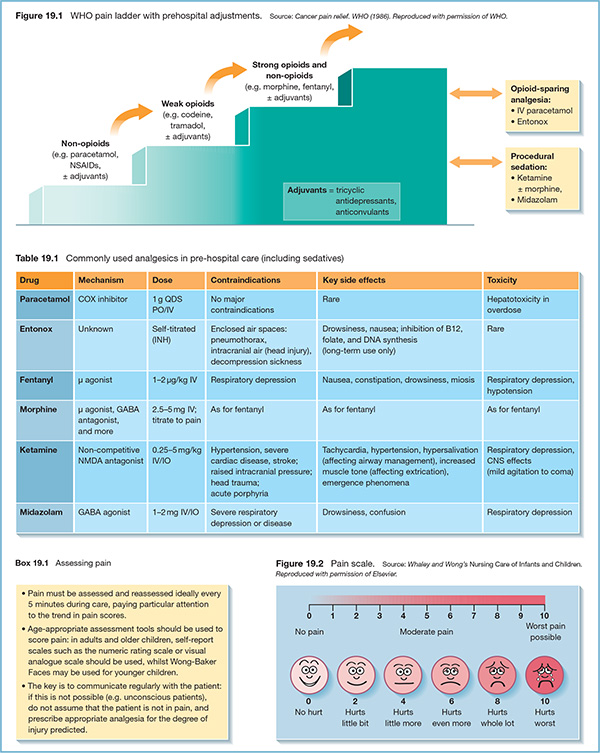19 Pain is often managed suboptimally in the pre-hospital environment. This is most commonly due to the pre-hospital care practitioner underestimating the patient’s condition, opting for inadequate pain relief, or for fear of overdosing on analgesia. It is now well documented that effective pain control improves patient outcomes and that pre-hospital care practitioners require a firm understanding of how to assess and manage pain. It is a natural instinct for medical professionals to want to alleviate a patient’s pain. However, there are further advantages to pain relief: Simple non-pharmacological measures can complement analgesics, reducing the dosages required and potentially minimising side-effects.
Pain relief and sedation

Importance of pain relief
Non-pharmacological pain relief

Full access? Get Clinical Tree








